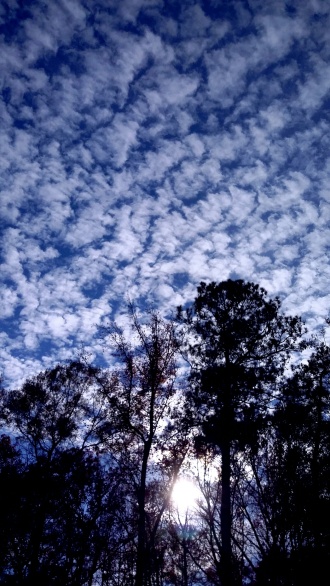I am participating in this Writing 101 session. I’ve not done these challenges before but felt it would help my blogging. We had to write for a timed 20 minutes and this is the result. I am looking forward to the next assignment. This is similar to my poem about Autumn Contemplation, but this is where I am today.
Assignment
Today has been resplendent. I have already posted a poem about it, about Autumn Contemplation or in the Japanese, shuushi.
This is my favorite season of the year. This early autumn, this early coolness, gets me in the frame of mind to work out autumn walks, pull out appropriate clothing and launder to get ready for cooler weather, to start looking at recipes for cold weather comfort food.
The ditches are filled with a wealth of small wild sunflowers. They sometimes overflow onto the road and sometimes, fall prey to passing cars. Fragile golden petals pressed into the asphalt, like a memory pasted into a scrapbook. If you pull over to the side of the road, you can smell the sweetness of them. Their big sister sunflowers have no fragrance.
I sit on my back steps and watch the grey tabby across the street. She keeps looking upward at the tall oak she is lying under. Sometimes she stands to stretch and catch the errant floating leaf, drifting slowly to rest on the grass. I smile as she starts to roll in the leaves, all four paws waving in the air as she twists and turns.
Her humans are doing an early burning of leaves. I see the smoke rising behind their house and smell the woody fragrance as the cool breeze wafts it around the neighborhood.
Overhead, the aki no sora – autumn sky, is a clear blue. I have found I am in love with this sky. A deep joy and peace fills me as I gaze upward at the clear blue, unlike the skies of the other seasons. Pure white clouds seem stuck in place as a hawk circles and hunts. I feel breeze here on earth but in the sky, the breeze does not seem to exist.
The air is clear with none of the oppressive humidity of summer. Distant traffic sounds make a basis for the insects’ buzzing. Cicadas, bell crickets, pine crickets…the voice of autumn speaks softly, shyly asking for entrance to the end of summer. Somnolent, drowsy, steady; no rise or fall to the voice.
A walk to the creek shows how the hatsu arashi, the first storm of autumn, has cleansed it of the muddy waters of summer. Clear and glistening, aki no mizu – the water of autumn. The harvest moon has glowed hugely in the night but now begins to wane and fade. The first coolness of autumn has come.
















